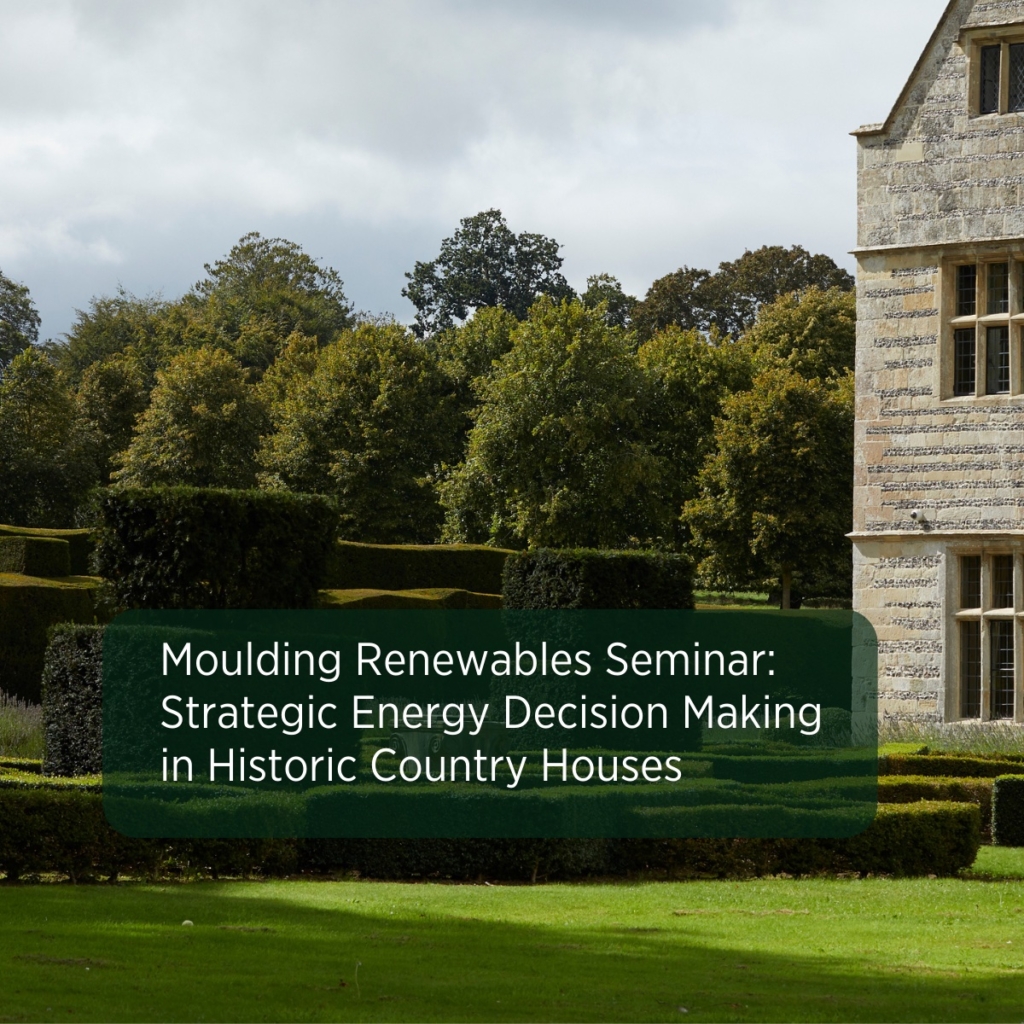Looking at the headlines in Powering Up Britain, Bean made the following observations:
- 5-fold increases in solar. We’ve got to work out how we do the peripheral provision of energy to the most significant buildings.
- No changes to the way that agriculture now will be designated, so no intent to make it more difficult to put ground-mounted solar and every intention to improve the ability to put roof-mounted solar on commercial and agricultural buildings.
- Unprecedented grid expansion, with £28 billion worth of investment over the next five years in grid development.
- The government says onshore wind is efficient, it’s cheap and widely supported.
- A change to the way that electricity is priced and the migration of the levees should see by 2030 a significant reduction in the price of grid electricity.
- National Grid think we will have fully decarbonised electricity by 2035.
- There’s a huge amount of change coming and recovering waste heat will be an enormous part of the change.
Finally, Bean shared a diagram that explains why electrification is more energy efficient than hydrogen.
He went on to explain that “this is just a simple representation which gives you the conversions from green electricity wind farms essentially into hydrogen piping, hydrogen burning it in the home six times the requirement. This is why hydrogen is going to be expensive, and also a valuable asset we won’t want to burn.”
Bean concluded by saying: “I think you can see the era of change is here now and we’ve all got to understand how we make the best of it. Energy is becoming very complicated and it’s only through huge amounts of collaboration between us as the consumers, the government and various other agencies that we are going to get anything close to NET ZERO by 2050.”
Arguments for Renewable Energy in Country Houses
- Environmental Sustainability: The use of renewable energy sources significantly reduces carbon emissions, contributing to a greener planet and a more prosperous future for future generations. As Beanland suggests, “We’ve got to recognise what our ancestors knew, that all of our energy can come from the sun.”
- Cost Savings: Transitioning to renewable energy can lead to long-term cost savings. As the price of grid electricity is expected to decrease over the next decade, reliance on traditional energy sources may become more expensive by comparison.
- Energy Independence: By generating their own energy through solar panels or wind turbines, country house owners can reduce their dependence on external energy suppliers and have greater control over their energy consumption.
- Rural Development: Embracing renewable energy in country houses can stimulate rural development, encouraging the installation of solar panels and wind turbines. This, in turn, creates jobs and opportunities for local communities.
- Enhanced Property Value: Incorporating renewable energy systems into country houses can increase their market value and attractiveness to potential buyers who value sustainable living.
The benefits of using renewable energy in country houses are multifaceted. Not only does it contribute to a greener planet and a more sustainable future, but it also brings cost savings, energy independence, and opportunities for rural development. While challenges and skepticism persist, the trajectory toward renewable energy is becoming increasingly apparent. As Beanland emphasises, climate and energy security go hand-in-hand, and collaboration among consumers, the government, and various agencies is crucial to achieving a sustainable energy future.
As individuals and communities, embracing renewable energy and investing in sustainable solutions can play a significant role in mitigating climate change and ensuring a brighter future for generations to come. There really is room for hope, we can bequeath our children a greener planet and a more prosperous future but the time for action is now, and the potential benefits make it a worthwhile endeavour for country house owners to explore renewable energy options and contribute to the global energy transition.
Moulding have developed relationships with specialist consultants and contractors alike to ensure that our projects benefit from a well-considered strategy and installation. The use of an alternative energy sources is becoming prevalent in many of our projects with the common aim of reducing the demand and cost of fossil fuels. Heat pumps, ground loops, bore holes, solar and PV cells are becoming familiar additions to the service installations of a new or refurbished property. So too are the use of grey water recycling and green roof coverings.
If you are considering your next steps for renewable energy solutions and would like to discuss the options for your Country House, please contact us and we can introduce you to a relevant expert. [email protected]

 The transition to renewable energy sources is becoming increasingly crucial in today’s world, not only for the sake of environmental sustainability but also for the economic benefits can bring.
The transition to renewable energy sources is becoming increasingly crucial in today’s world, not only for the sake of environmental sustainability but also for the economic benefits can bring. 






 One of two builders listed in the Country Life Top 100 for the 9th consecutive year.
One of two builders listed in the Country Life Top 100 for the 9th consecutive year.